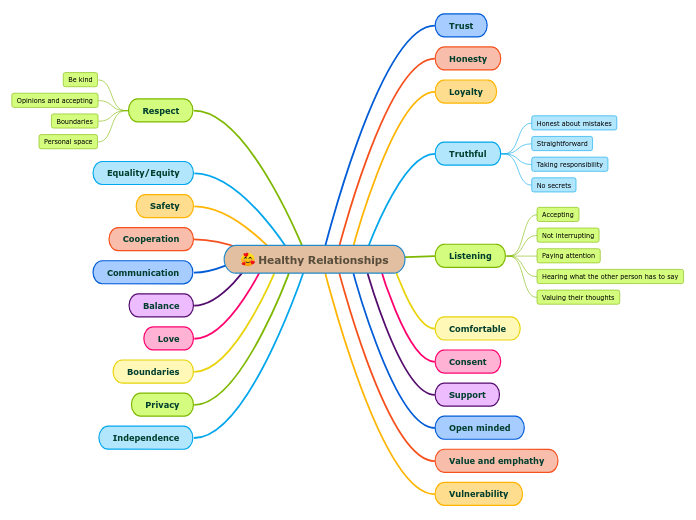da moses mothibe manca 1 anno
93
Unit Standard: 335859 Operate and monitor production machines
Ensuring that machines and consumables are properly prepared and operational is crucial in any production environment. This involves conducting thorough pre-operational checks to identify and resolve issues before commencing the production process.









